Every Encounter is Personal
OK, yes, it is a native plant. But does that make it either useful or benign?!! Hardly!
I am talking about that beautiful but deadly vine – poison ivy, Toxicodendron radicans. Actually the name Toxicodendron says it all; toxicos is Greek for poison and dendron means tree. Radicans is Latin for “rooting or sending forth roots.”
As a child I spent three miserable weeks as the horribly itchy rash moved slowly to cover large parts of my body. In those days I did not yet recognize the plant. Additionally, no one in my family really understood how to deal with it except by using increasing amounts of Caladryl, which did little to relieve the unbearable itch.
.
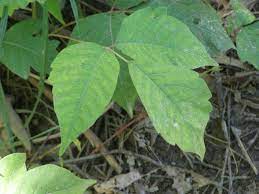
That run-in with this terrible plant has colored my relationship with it to this day and has regularly led me to try to induce officialdom to severely control it in public places. Many of my efforts, unfortunately, have been futile. However, in the last few years, goats have been appearing in various New York City parks, eating away at the overgrowth of poison ivy. The maxim “ A stitch in time saves nine” aptly describes the current situation.
Poison Ivy Relatives
Although I am familiar only with Toxicodendron radicans (Eastern poison ivy), there are two other Toxicodendron species that cause havoc. They are Toxicodendron orientale (Asian poison ivy) and Toxicodendron rydbergii (Western poison ivy).
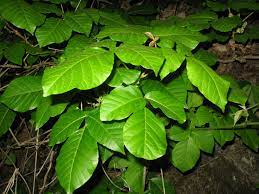
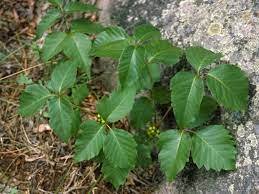
Toxicodendrons are related to the sumacs and both are in the family Anacardiaceae. Edible members of that family include the mango (Mangifera indica), cashews (Anacardium occidentale) and pistachios (Pistacia vera) – which were previously placed in family Pistaciaceae. Approximately 85% of the population is allergic to poison ivy, and its poisonous cousins – Western poison oak, Toxicodendron diversilobum and Southern poison oak, Toxicodendron pubescens as well as poison sumac – Toxicodendron vernix. Despite this familial relationship mangoes, cashew and pistachios clearly do not elicit any similar level of allergic reactions.
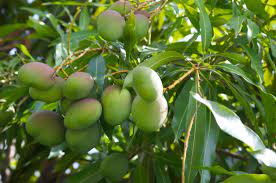
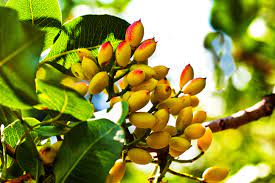
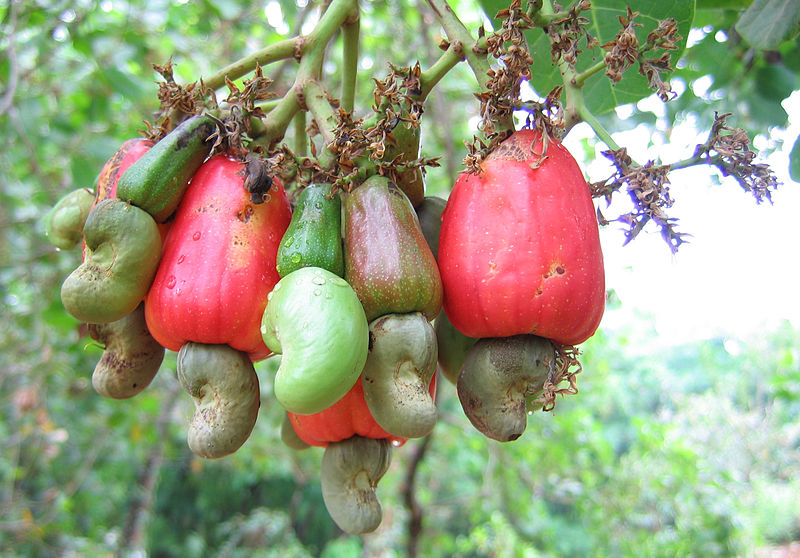
Mangoes and pistachios look straightforward. For further information about the obvious questions concerning cashews, click here.
There is a mnemonic to help those looking to avoid the plant – Leaves of three, let it be. The leaf color changes a bit over the growing season. The early leaves are a reddish-bronze, turning an attractive deep and glossy green until fall, when they turn red.
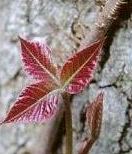
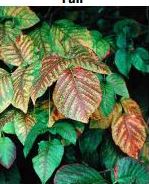
It has been suggested that Fire Island got its name from the enormous amount of poison ivy growing there which turns red in the fall. Having been there only once and seeing the sheer quantity of that plant growing all over, it is an explanation that I can easily believe.
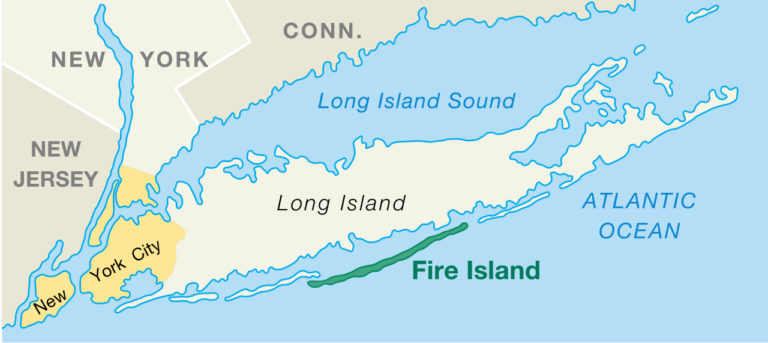
More to Know About Poison Ivy
The plant can grow in several different forms which, I believe, is an indication of their age. It can be a trailing vine, a shrub reaching up to three feet in height or a climbing vine growing up the sides of large trees.
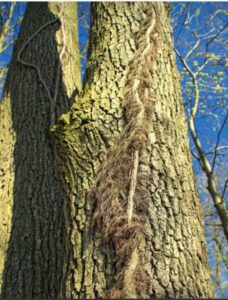
Although I have never noticed either flowering or the resultant berries, poison ivy flowering takes place from May through July, the flowers ranging from yellow to white. The berries are small, grayish-white in color appearing during August through November.
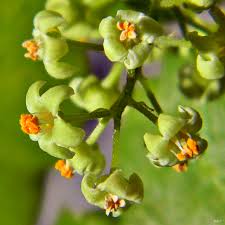
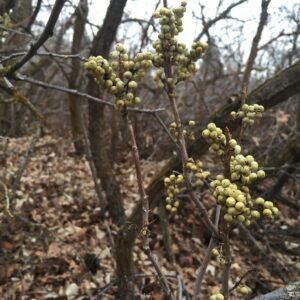
Protecting Yourself
The toxic agent causing all of our trouble is a sap containing urushiol which is an oil that can remain potent over lengthy periods of time, contaminating any surface with which it has come in contact.
So how can one protect oneself?!
I never re-wear gardening clothing without washing them. I always wash any exposed skin on my hands or arms twice with a dishwashing liquid whenever I come in from the garden. And, finally, if I spy a new poison ivy plant I pull up the long plastic bags that are used to to protect my newspaper over both hands and arms. Then I pull up the plant by its roots. I grasp all the plant material in one protected hand and pull the second bag down over my second arm and then over my first arm so that everything held in the first hand cannot make skin contact.
Here is a link to a useful video.
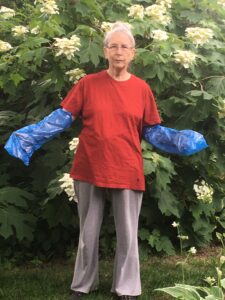
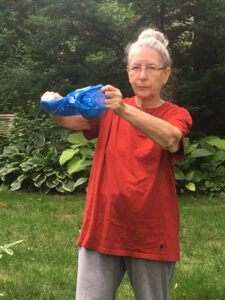
Every year I find have some new poison ivy plants in my garden. This is courtesy of birds who eat the berries and spread the seeds through defecation.
We will continue our project of ridding the world of poison ivy in the next segment.
If you are enjoying my work, you may be interested in my book, A Habit of Seeing: Journeys in Natural Science.
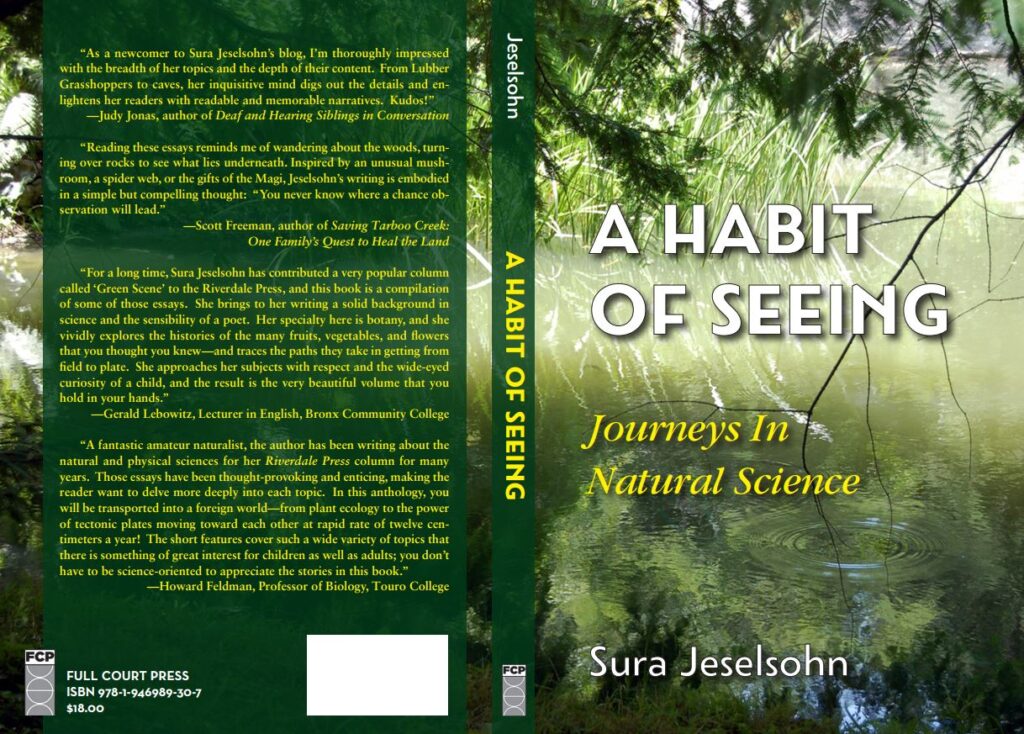
I know the birds love poison ivy berries, but that plant is one I wouldn’t mind seeing go extinct!
Great post!
Timely Information. Leaves of three leave Alone! Thank you.
Is it true that if the have been in contact with Poison Ivy without any reaction, it does not mean you are immune, you could get it from your next contact.
I have heard things like that but I have no idea if it is true. If you had no reaction once, and you are very brave, you could test it out very carefully. But be aware that although Dante did not use itching in one of his levels of Hell, I think it would have been highly useful there.
I was immune (and carefree) until in my 40s. I was collecting earthworms along Palisade Ave fence. The worms well easily collected along with masses of soil and mosses, good for terraria. I got it bad & many afters.